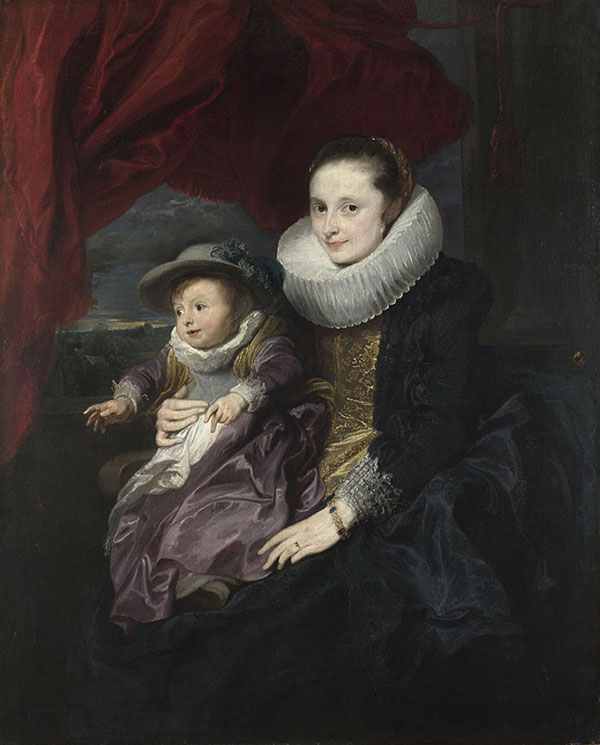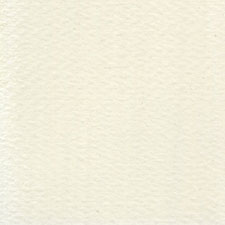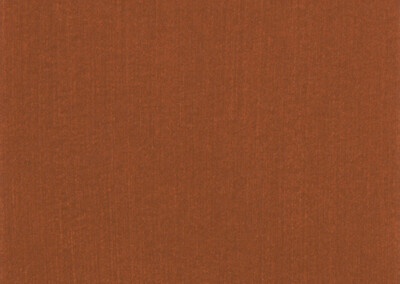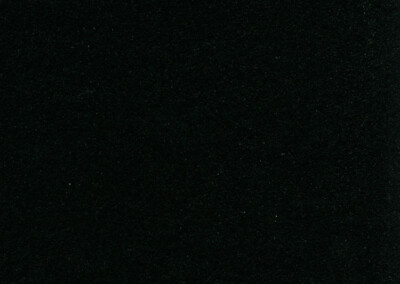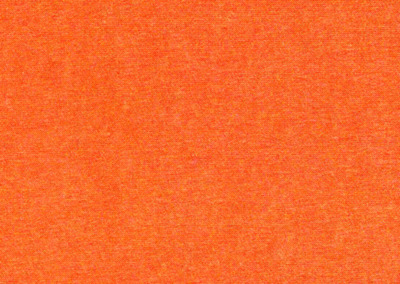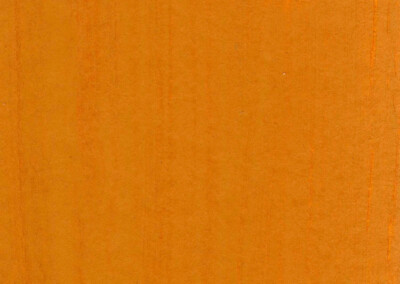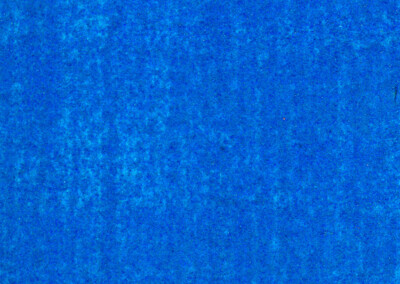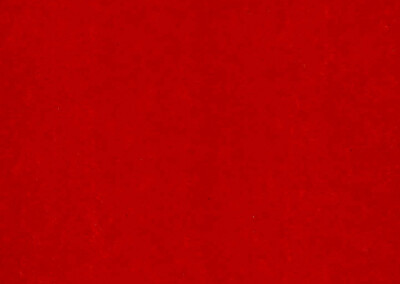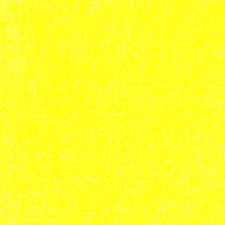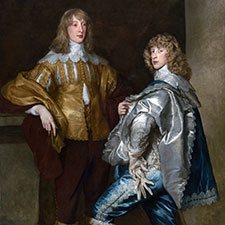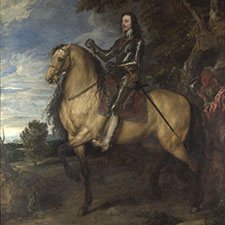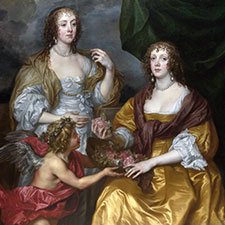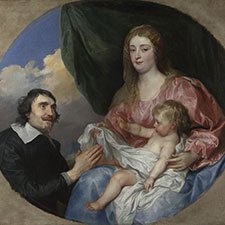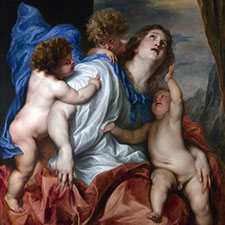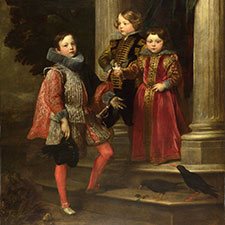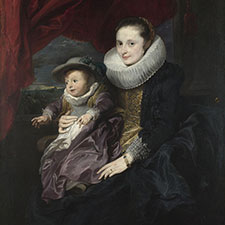Anthony van Dyck, Portrait of a Woman and Child
ca 1620-21Paintings sorted by Historical period | Painter | Subject matter | Pigments used
Overview
Medium: Oil
Support: Canvas
Size: 131.5 x 106.2 cm
Art period: Baroque
National Gallery London
NG3011
A double portrait showing intimacy and also less formality than portraits in the later stages of Van Dyck’s career. The sitters have not been identified.
The pigment analysis reveals a rather limited palette lacking such frequently used pigments as ultramarine. The most striking feature of this painting is the masterful depiction of the colourful dresses. The child’s purple dress is particularly noteworthy as Van Dyck did not use the usual mixture of blue ultramarine or azurite in combination with the red lake but painted the dress with a mixture of varying proportions of lead white, charcoal black and red lake.
Pigments
Pigment Analysis
This pigment analysis is based on the work of the scientists at the National Gallery London (1). The scientists employed x-ray radiography (XRR), energy dispersive x-ray spectroscopy (EDX), and x-ray diffraction (XRD) to gain insights into the inner layers of the painting and to identify the pigments.

1 White ruff and white cloth clutched by the child: lead white.
2 Flesh tones: lead white tinted with vermilion and ochres in the shadows.
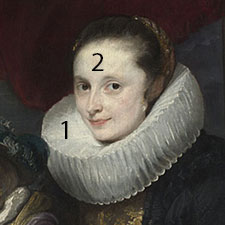
3 Green and blue tones in the background landscape: azurite with small amounts of black, white, and brownish ochre.
4 Grey sky in the background: pure smalt and smalt with white and black.
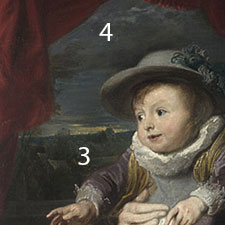
5 Red curtain: Up to five layers of paint consisting of vermilion and deep red lake with some red ochre and also black in the shadows.

6 Black dress: charcoal black mixed with greys and a small amount of deep red lake.
7 Embroidered bodice: yellow ochre and lead white with some highlights containing lead-tin yellow.
8 Child’s purple satin dress: a mixture of white, red lake, and charcoal black in varying proportions. In the mid-tones and lights, there is an underpaint of pure lead white. A similar technique for purple draperies has also been used by Rubens in his ‘Samson and Delilah‘.
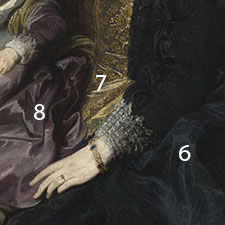
References
(1) Ashok Roy, The National Gallery’s Van Dycks: Technique and Development, National Gallery Technical Bulletin, Volume 20, 1999, pp. 52-55. Available as pdf.
Pigments Used in This Painting
Resources
See the collection of online and offline resources such as books, articles, videos, and websites on Anthony van Dyck in the section ‘Resources on Painters‘

